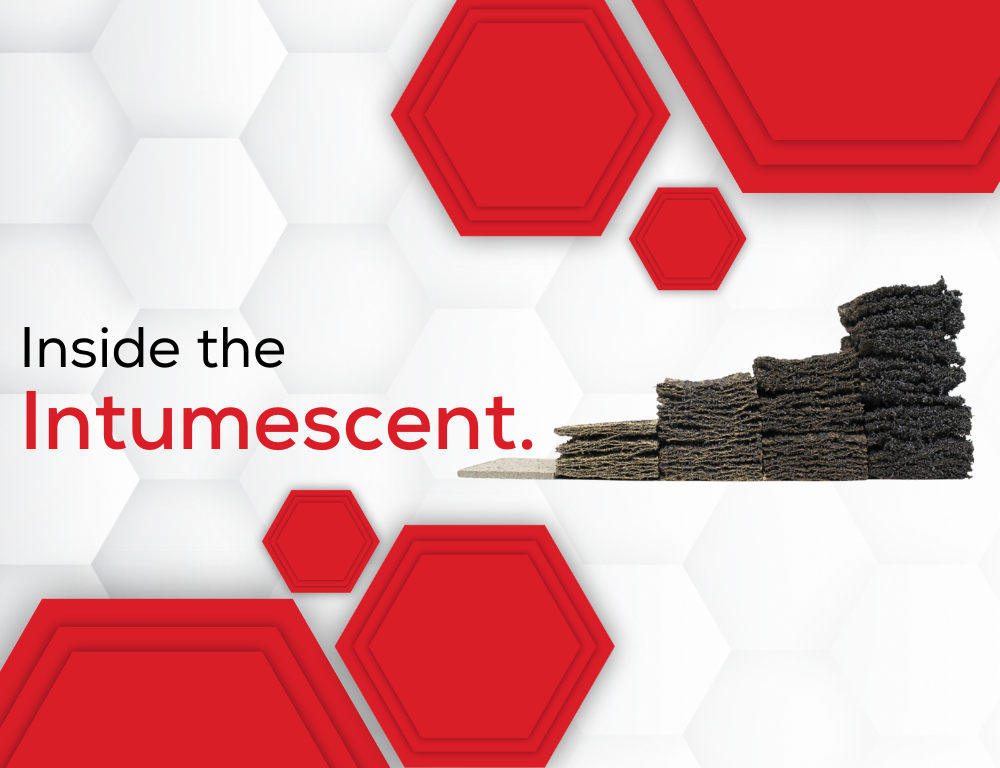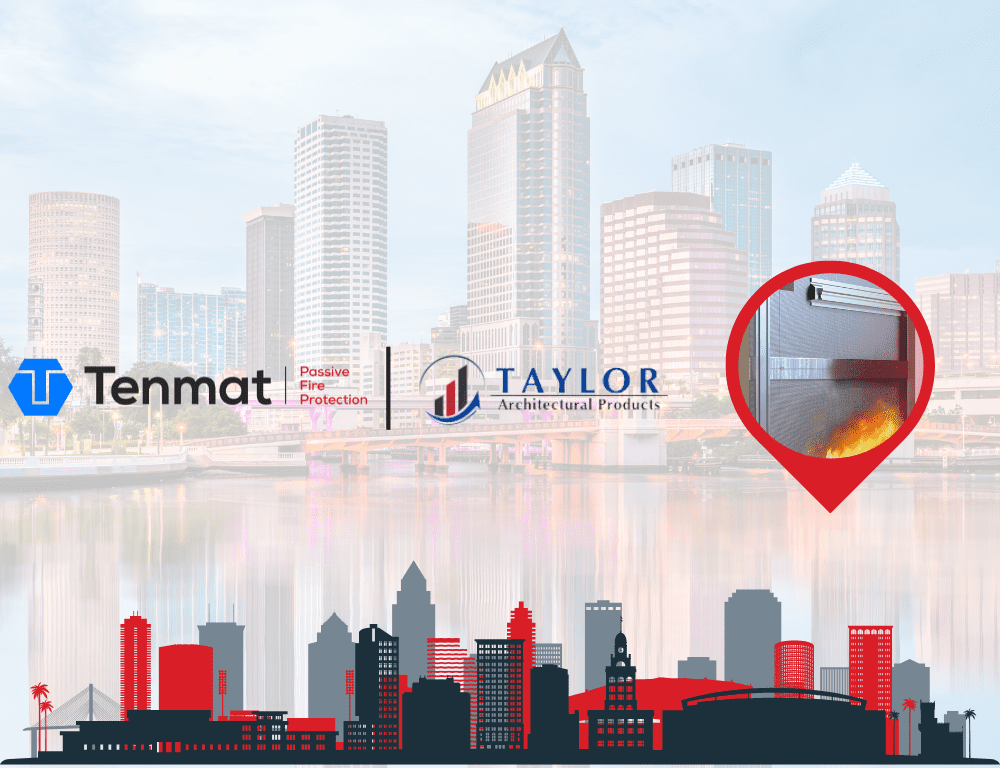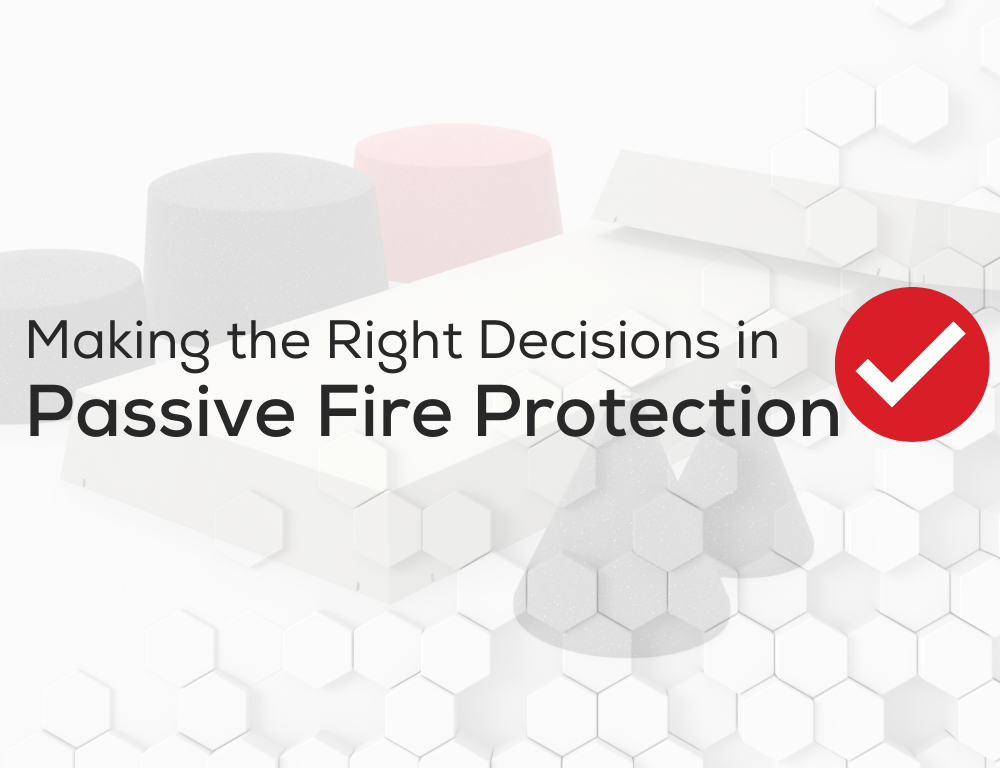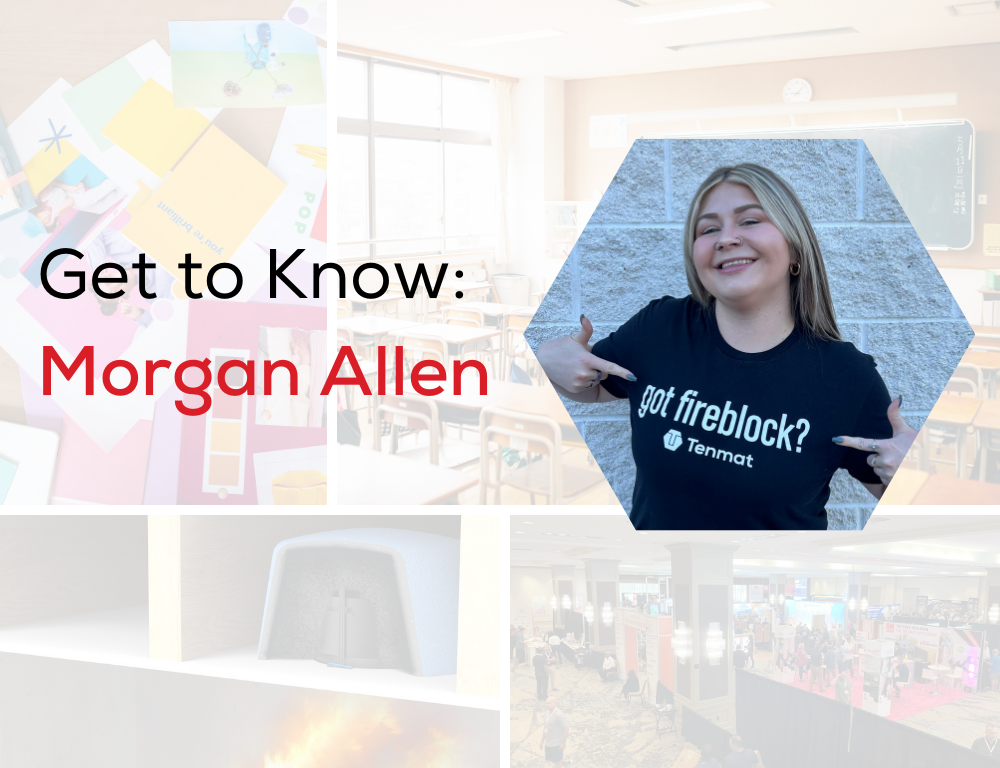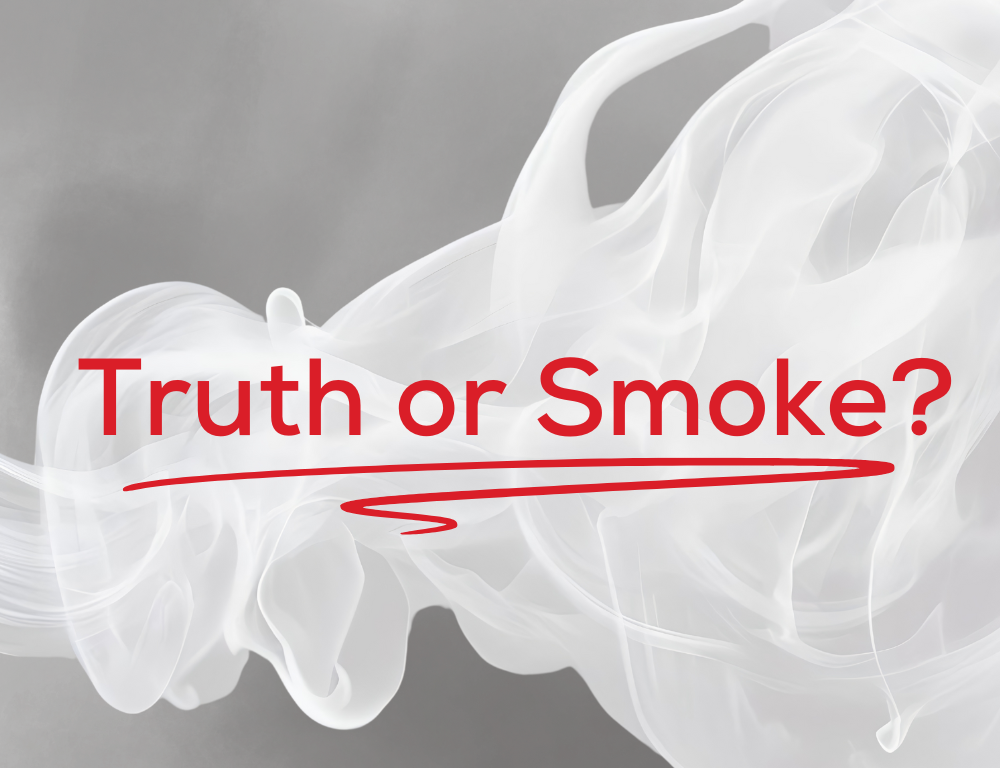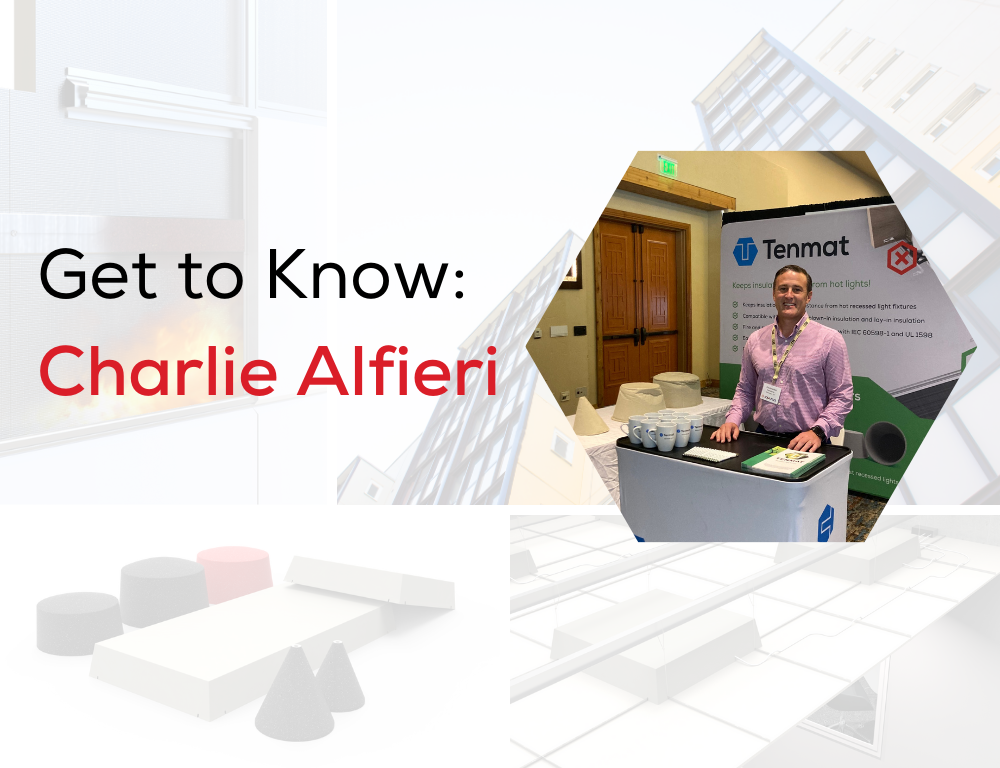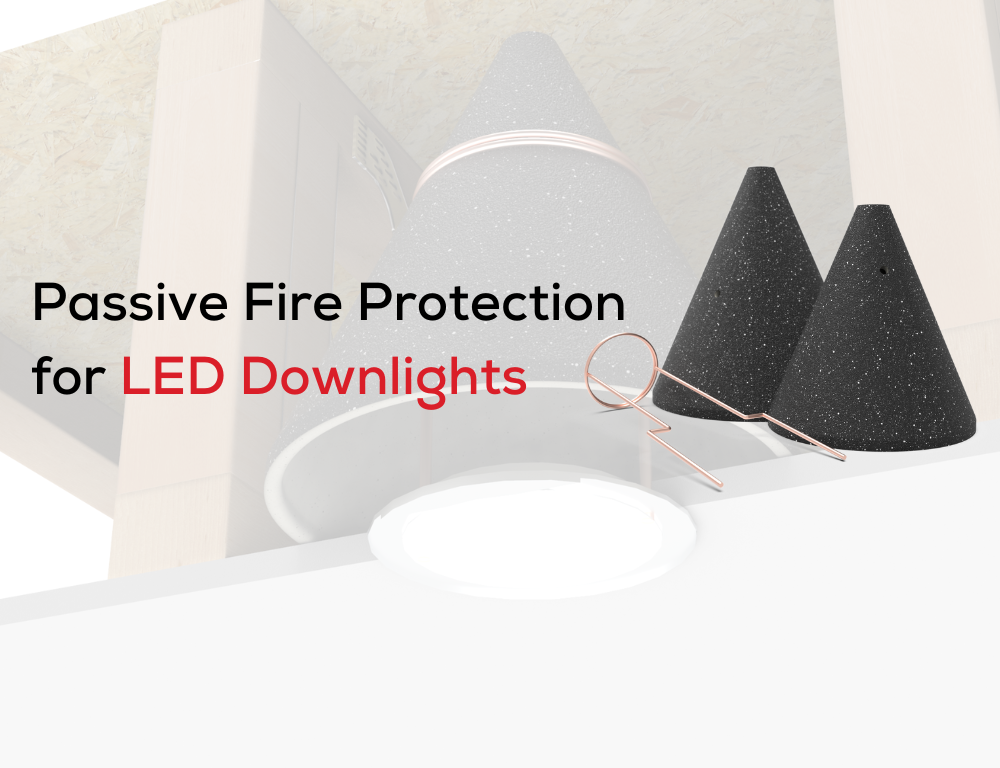Discover how lithium-ion batteries, located in electric vehicles and energy storage centers, are using intumescents to protect their communities from fire outbreaks.
Electric Vehicles. Smartphones. Laptops. Data Centers. Lithium-ion batteries have been absorbed into a wide range of applications in today’s society. This widespread adoption has been fueled by this battery’s combination of performance, efficiency, and adaptability that very few other energy sources can meet.
With its ability to store a large volume of energy in a relatively small and lightweight package, lithium-ion batteries have become attractive to a variety of applications. Applications, such as electric vehicles and smartphones, require an energy source that can fit into a small and lightweight package. This demand can be met with a lithium-ion battery.
Another key advantage of using a lithium battery is its low self-discharge rate, which allows them to retain power even when not in use. With this capability, it provides useful applications where reliability is crucial, such as emergency equipment or backup power systems. Adding to their appeal, lithium-ion batteries have the ability to charge quickly – an increasingly important feature in a world where time is a premium.
As the demand for portable power and clean energy solutions continue to grow, lithium-ion batteries will be one of the No.1 sources of energy in our future communities.
From Cars to Storage Centers: Where You’ll Find Lithium-Ion Batteries
As indicated earlier, the adoption of lithium-ion batteries has been rather significant. Once confined to powering smartphones and other compact electronics, lithium-ion batteries have evolved into critical components for high-demand applications – ranging from advanced transportation systems and data infrastructure to large-scale energy management.
Battery Storage
To keep our communities powered 24/7, modern energy centers have become increasingly dependent on advanced battery storage systems. Known for their high energy density, rapid response times, and compact footprint, lithium-ion batteries have been deemed suitable for meeting today’s demanding power requirements.
With not only being used as a reliable backup source during grid outages, lithium-ion batteries are also able to support additional advanced energy strategies, such as load balancing and peak shaving.
As these centers continue to accommodate the surging demands of cloud computing, artificial intelligence, and real-time processing, their role has evolved beyond emergency backup. Lithium-ion batteries now have been integrated into intelligent management platforms that enable real-time monitoring, predictive maintenance, and grid-interactive capabilities.
Electric Vehicles
Lithium-ion batteries are at the core of nearly every modern electric vehicle, offering a balance of performance, efficiency, and reliability. With recent improvements in cell design, energy density, and battery management systems, EVs have been able to achieve extensive mileage on a single charge with the addition of its fast-charging capabilities and longer lifespans. These improvements have made EVs more practical for everyday use and appeal to an even broader market.
With the global electric vehicle component market being valued at USD 148.32 billion in 2022 and projected to reach 1,001.95 billion by the year 2032. It should be no question that the demand for lithium-ion batteries will continuously increase. As EV adoption accelerates worldwide, the role of lithium-ion technology will only grow more critical—powering not just vehicles, but the future of sustainable transportation.
The Challenges of Lithium-Ion Batteries
Upon reviewing the recent adoption of lithium-ion batteries, a significant limitation has come to light – one that has notable diminished its overall value and performance.
Thermal runaway, a phenomenon that occurs when a battery or component experiences an uncontrollable increase in temperature, has become the main reason why the use of lithium-ion batteries has been questioned.
Normally triggered by either an internal short circuit or mechanical damage, the phenomenon of thermal runaway begins. When a battery’s cell overheats, it is not only contained to one cell – it spreads rapidly throughout the adjacent cells.
This rapid acceleration produces temperatures three times hotter than conventional gasoline fires, a release of toxic gases, and an ability to reignite after being initially extinguished. This combination creates challenges for both prevention strategies and emergency response protocols.
How to Protect Our Communities from Thermal Runaway
As a result, lithium-ion battery manufacturers have designed several cooling methods, in the case thermal runaway appears in a battery. However, the question is, “What happens if those active fire protection measures fail?”
Just like any application, which demands a level of fire protection, it is always important to incorporate all the pillars of fire protection – especially the act of “containment” or in other words, passive fire protection. With the integration of passive fire protection, the ability to contain a compromised battery cell or battery would be possible.
For instance, enclosing a battery or its cells in fire-resistant materials, a fire will be forced to slow down and be slowed within the desired space. Additionally, this scenario would also apply to any facility where a large number of batteries are being stored.
In the event a fire would break out in one area of a storage center, sealing off any unprotected openings with passive fire protection solutions will enable the fire from spreading to other parts of the facility. These unprotected openings could be caused by wires and cables, located in the walls, floors, or ceilings.
With integrating a strategy, such as passive fire protection, to contain a fire outbreak – it would permit a valuable extension in time – saving lives and property.
Passive Fire Protection for Lithium-Ion Batteries
When identifying what type of passive fire protection technology to use for your battery application, it is crucial to find a technology that will maintain appropriate firestopping measures without compromising the battery’s performance level.
Intumescents are a specialized material that reacts to high temperatures, produced by fire outbreaks, rapidly expanding. Once fully expanded, the intumescent forms a durable, solid char that effectively blocks the spread of fire, heat, and smoke for extended periods.
Building on its expansion capabilities, intumescents are only activated when exposed to heat. Therefore, intumescents can be molded into some of the most irregular and small applications – without compromising the application’s surrounding space. Tenmat has proven this true with our line of Advanced Intumescent Solutions and Materials.
Intumescents for Electric Vehicles
Designed with the latest in intumescent technology, Tenmat’s Advanced Fire Protection Solutions deliver multiple advantages, including the prevention of a fire outbreak by stopping thermal runaway propagation. Due to the intumescents’ highly expansive properties, it actively expands and creates a protective barrier when exposed to heat.
In addition to its firestopping capabilities, the flexible and lightweight composition of intumescent materials allows for thermal management through ventilation, which is critical for the prevention of overheating and the maintenance of long-term health of battery.
To further extend the safety benefits of using Tenmat’s Advanced Passive Fire Protection Solutions, these solutions boast electrical insulation properties as well.
Intumescents for Battery Storage Centers
In large-scale battery storage centers, where the batteries are located within several rooms, it is critical to identify and address any unprotected openings that could accelerate the spread of a fire. These pain points often arise from the extensive network of cables and conduits that pass-through walls, ceilings, and floors, creating prime pathways for fires.
To mitigate this risk, Tenmat’s range of through-penetration intumescents offers firestopping solutions and materials that can properly seal these openings – regardless of their shape, size, or complexity. These firestop products are engineered to expand rapidly when exposed to high temperatures, effectively sealing gaps and helping to contain fire within its point of origin.
To review which Tenmat Firestopping Intumescents are best suited for your facility’s layout and cable management needs, please visit our Date Center landing page for detailed product information and expert support.
Keeping Our Environment and Community Safe
As the adoption of lithium-ion batteries continues to accelerate across a multitude of industries, the push to integrate proper life safety measures will remain of high importance. Whether in electric vehicles or large-scale energy storage centers, lithium-ion batteries need to be paired with proper levels of passive fire protection to protect the lives and properties within our communities.
With our decades of knowledge and experience in the field of passive fire protection, we have formulated a range of advanced intumescent materials and solutions – specifically designed to combat against the arising issue of thermal runaway in EVs and stationary energy storage systems. By integrating cutting-edge intumescent technology and optimal designs for various applications, our fire-rated solutions provide a fool-proof level of protection, controlling the acceleration of a fire while minimizing potential damage.
Whether in automotive applications or large-scale energy storage banks, Tenmat’s Advanced Solutions and Materials are engineered to withstand the extreme conditions of flames, heat, and smoke – the optimal solution to protect lives and property.
If you have any additional questions regarding passive fire protection for lithium-ion batteries, please contact us directly here. Our team of experts are ready to help you find the right solution for your application.
Sources
Fact.MR. (2022). Electric vehicle components market report. https://www.factmr.com/report/3893/electric-vehicle-components-market
Fire Statistics. (2025, May 1). Lithium-ion battery fires: Alarming statistics and trends. https://firestatistics.org/resources/lithium-ion-battery-fire-statistics
IDTechEx. (2022). Electric Vehicles: Land, Sea & Air 2022–2042. https://www.idtechex.com/en/research-report/electric-vehicles-land-sea-and-air-2022-2042/867






 Treating the Tumor of Through-Penetration Openings.
Treating the Tumor of Through-Penetration Openings.
